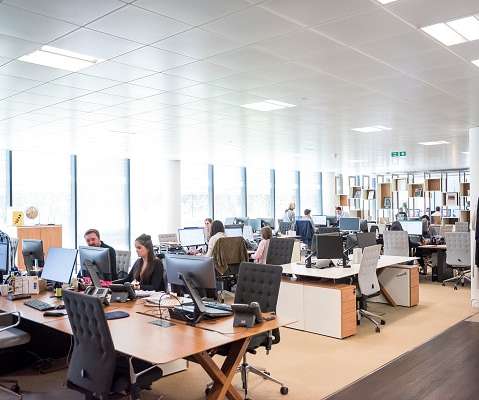Workplace Flexibility - What Employees Look Forward To In 2021
Vantage Circle
DECEMBER 18, 2020
Then Implementing workplace flexibility will definitely help you. For both employers and employees, a stellar work-life balance is essential. It's indeed desirable to step back from a conventional 9-to-5 workplace system in today's work environment. Definition Of Workplace Flexibility.















Let's personalize your content